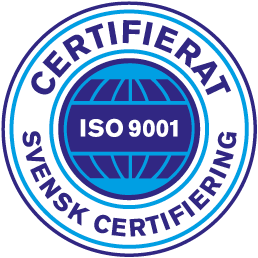Why Product Lifecycle Management and Enterprise Resource Planning Belong Together
For the manufacturing industry, a seamless collaboration of the Product lifecycle Management (PLM) and Enterprise Resource Planning (ERP) systems is crucial.
To drive success in a modern-day business, your systems need to run together seamlessly.
The importance of the PLM system
As a result of the growing complexity of product- and life cycle management, there is a growing demand for more capabilities and functionalities from a product management perspective. Designing new products and product versions requires good change and version management.
The core of product information is in the items, title structures, and manufacturing documents. Manufacturing also produces a significant amount of documentation related to product development and design management.
CAD integrations
The information produced by the product development or project planning team consists mostly of mechanical and electrical documentation produced with different CAD programs. That is why integrations between CAD and PLM systems are essential for work efficiency and productivity. The entire product information can be stored in one PLM system where employees can find the whole product structure view. And the commercial product data can be integrated into the ERP system where relevant parties can utilize that data.
PLM and ERP roles defined
Software strategy and operating processes require clear roles and division of labor between PLM and ERP.
PLM is generally defined as the master of product information, while the ERP is the master of production information AND transactions.
Key functions of a PLM system:
- Product management
- Product structure management
- Documentation management
- Change process management (ECR – ECO – ECN)
- Maintenance and management of individual structures
- Maintenance and spare part information management
Key functions of an ERP system:
- Sales and operational planning
- Financial accounting
- Order management
- Procurement management
- Production control
- Delivery management
Integrations between PLM and ERP systems
The integrations between different software systems consist of data transfer links which, in the case of PLM consist of an item and item structure transfer links. The depth of the data imported from ERP to PLM depends on the information needed for planning and project operations.
PLM and ERP transfer:
- Items
- Item Structure (BOM)
ERP and PLM transfer:
- Non-technical attributes of the titles (for example price and availability)
- Customer information
- Project information
With a PLM system, up-to-date product information is available to customers, suppliers, and subcontractors on a purpose-built portal.












